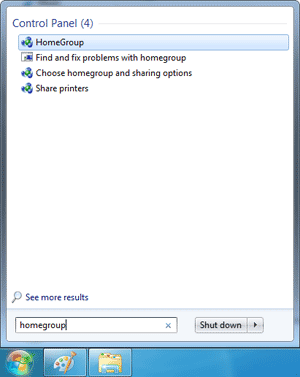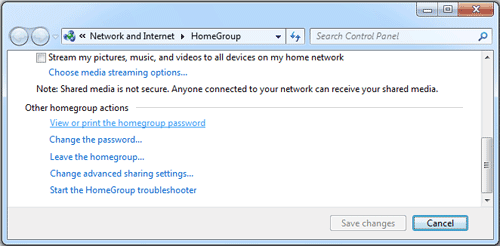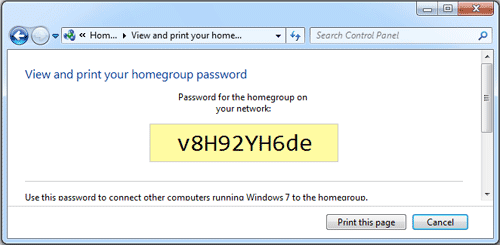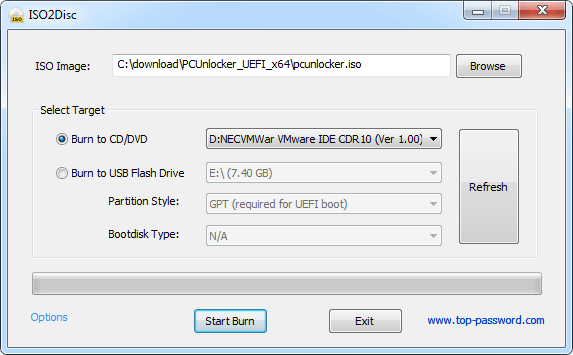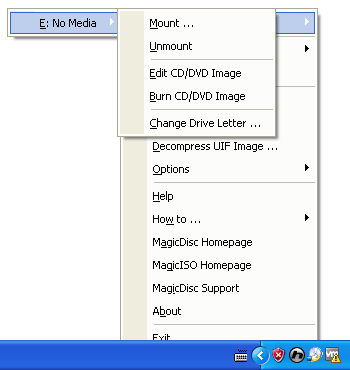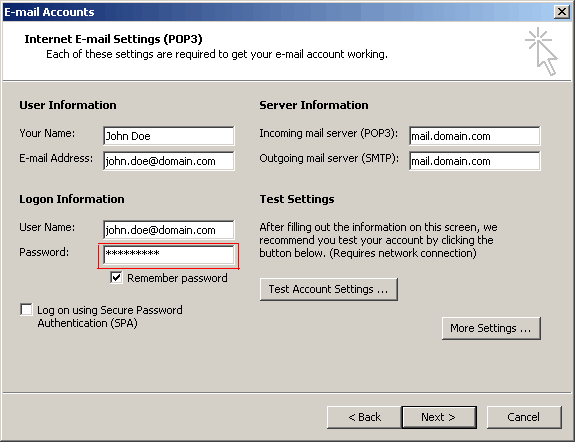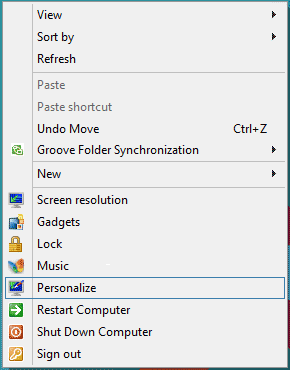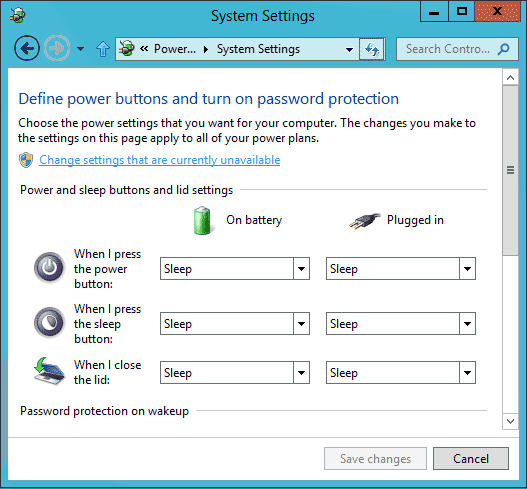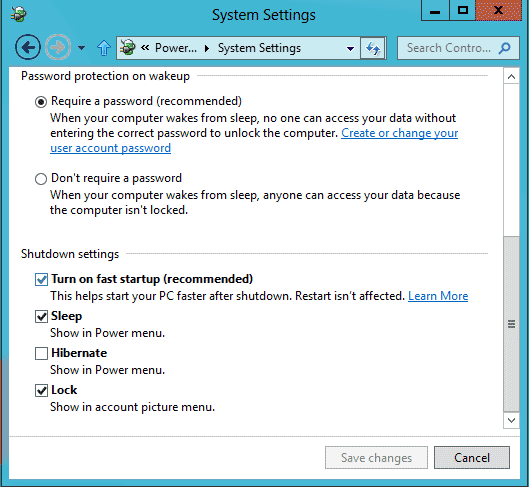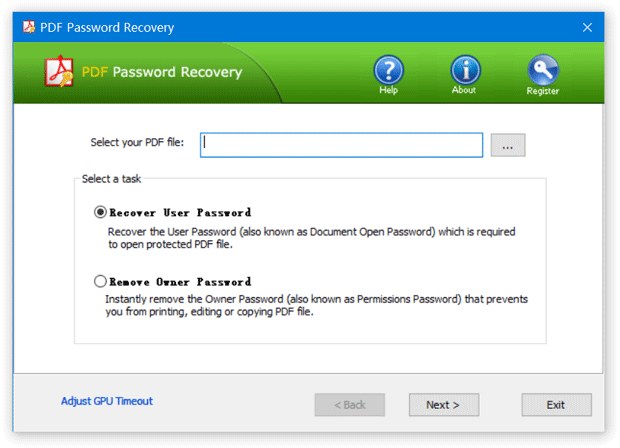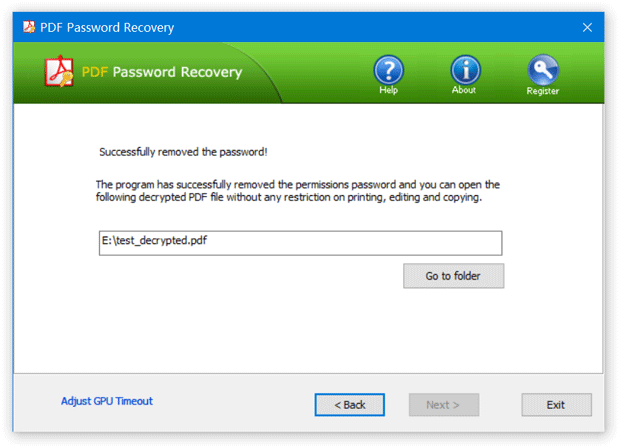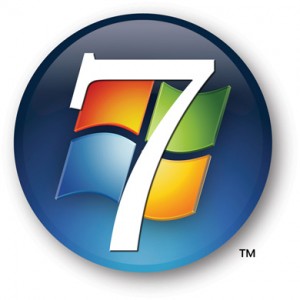 Forgot the administrator password on your Windows 7 laptop? Or bought a second-hand computer with unknown password? Tried infinite Windows password to login but still no success with any password? How to remove the administrator password without reinstalling Windows 7?
Forgot the administrator password on your Windows 7 laptop? Or bought a second-hand computer with unknown password? Tried infinite Windows password to login but still no success with any password? How to remove the administrator password without reinstalling Windows 7?
In this guide I’ll show you the easiest way to remove administrator password on Windows 7 if you’ve forgotten the password. No matter if you have a 32-bit or a 64-bit Windows 7 system, you will still be able to remove forgotten Windows 7 administrator password immediately.
How to Remove Administrator Password on Windows 7?
First, you need another computer to connect to the Internet and create a password reset disk. Reset Windows Password utility is a powerful recovery software which enables you to remove forgotten Windows admin/user password easily. The software comes as an ISO image file. Burn the ISO image to a CD or USB drive with ISO2Disc and it’s the password reset disk we’ll used later.
Insert the password reset disk into your computer with a forgotten/unknown admin password. Turn on the computer and go into BIOS, change the boot device order temporarily so your computer will boot from the password reset disk.
Once you’ve configured the BIOS correctly, Power on the computer and it should then boot from the password reset disk now. After one or two minutes, the password reset disk will launch the Reset Windows Password utility.
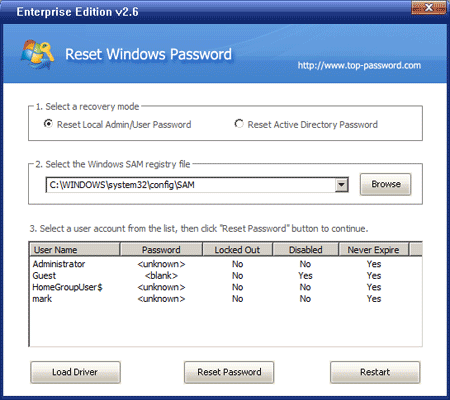
Select the Windows SAM database from the drop-down list, the program will analyze that file and show all Windows user accounts inside your Windows 7 system.
Choose the administrator account whose password you need to remove, then click Reset Password button and it will remove your forgotten/unknown administrator password instantly.
Remove the password reset disk and restart the computer. Let the password field as blank when you log on as administrator account, the system will allow you to login without any hassle. It’s so simple to remove forgotten administrator password on Windows 7. No need to call someone for help in case you forgot Windows 7 password.
